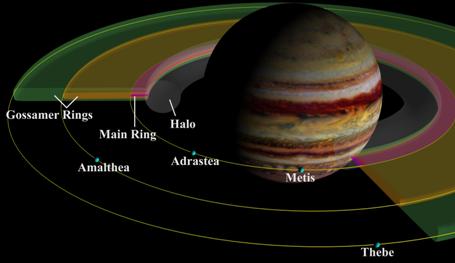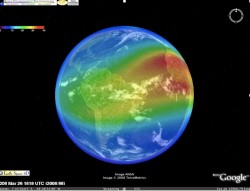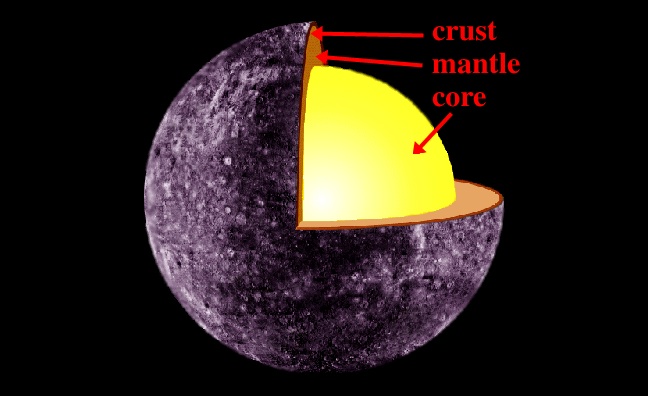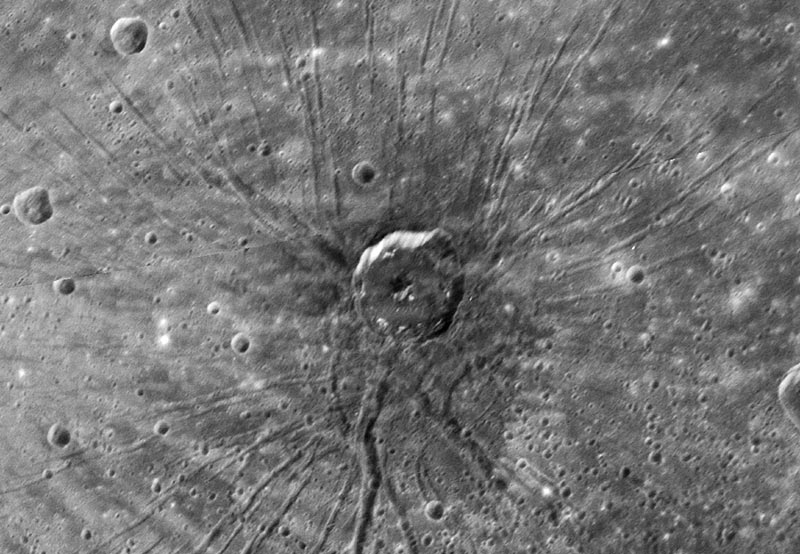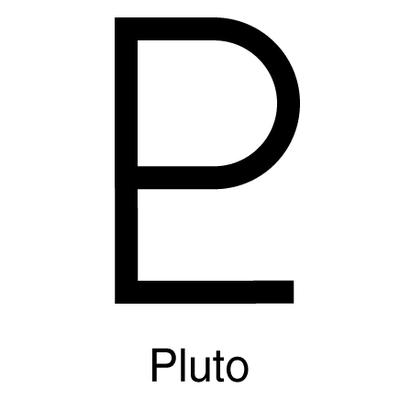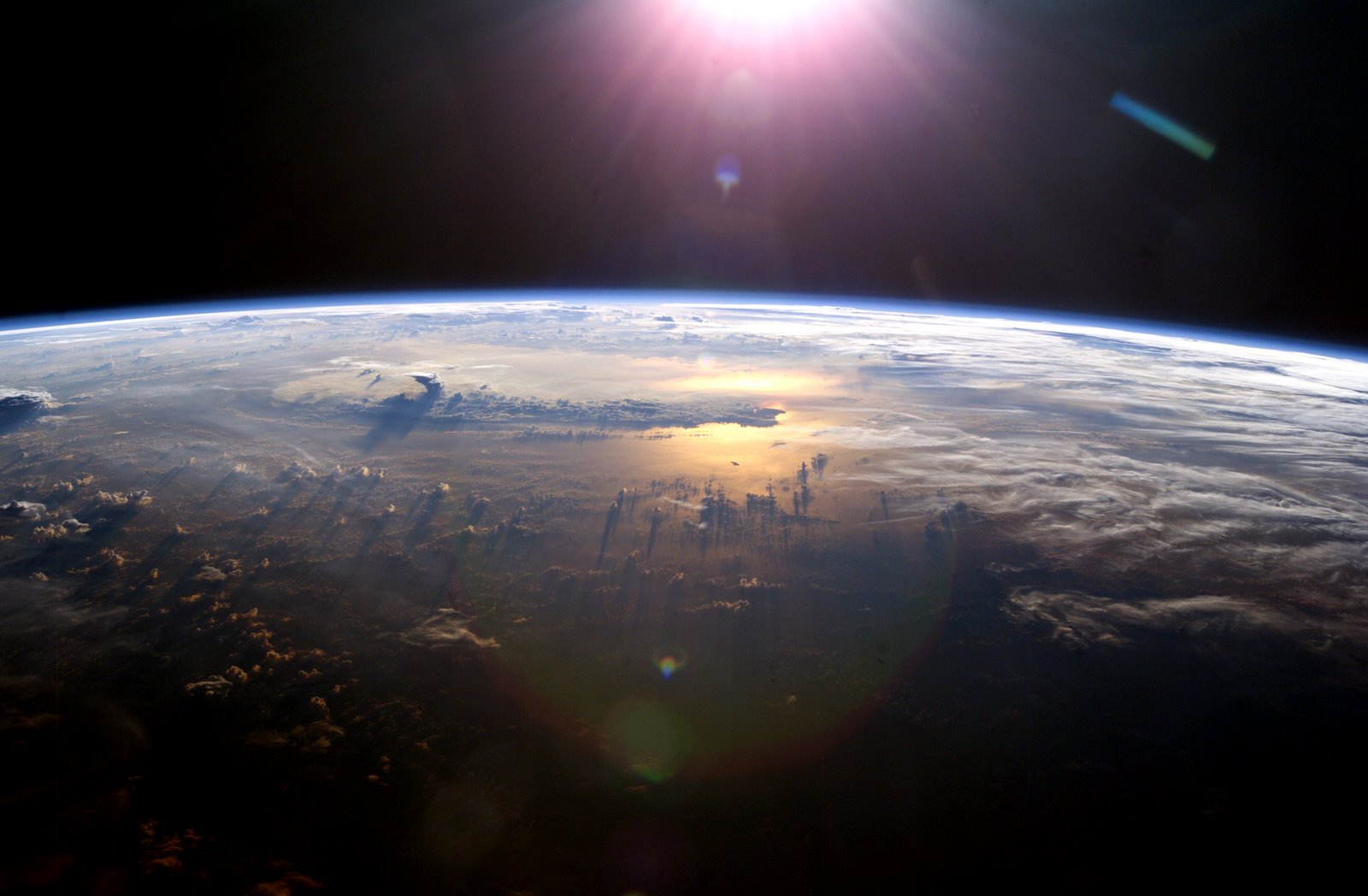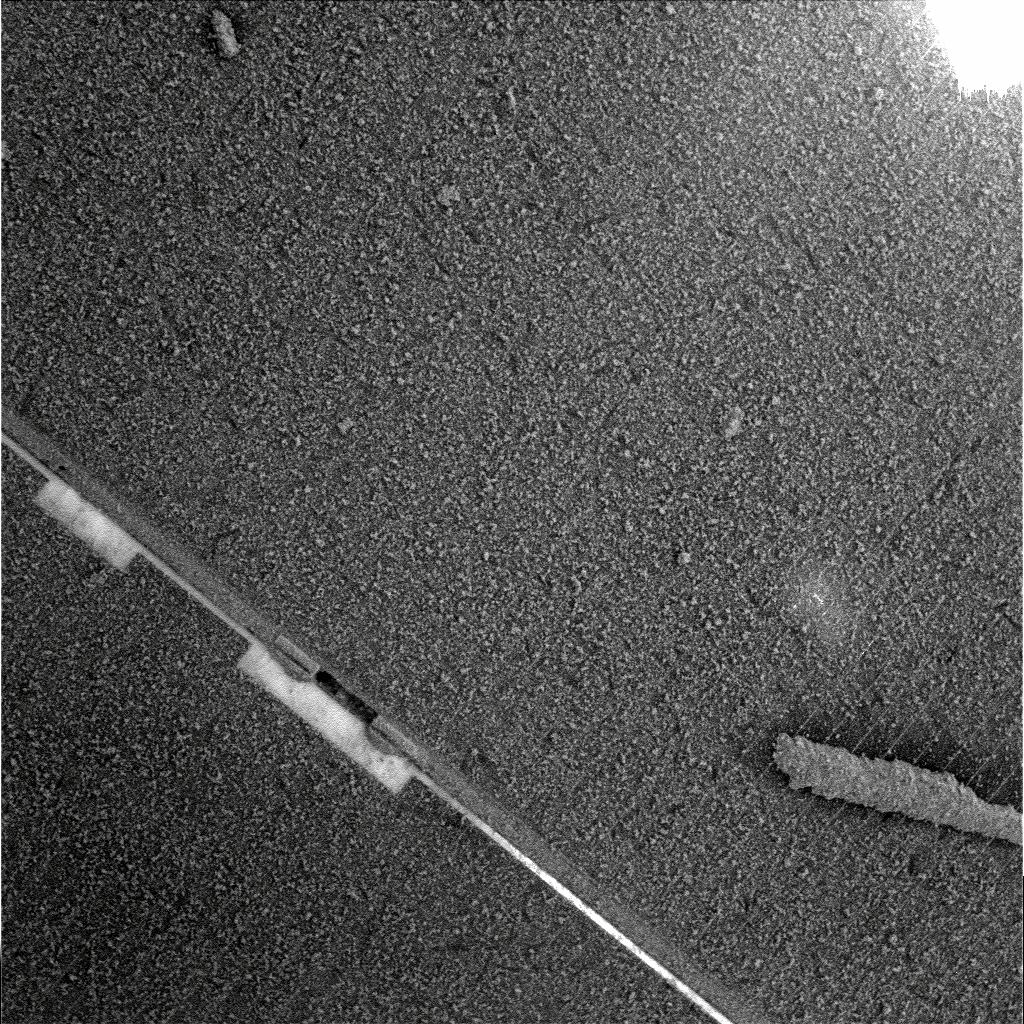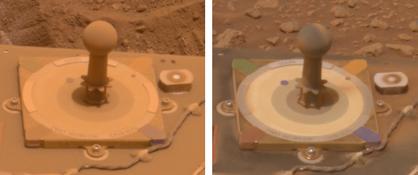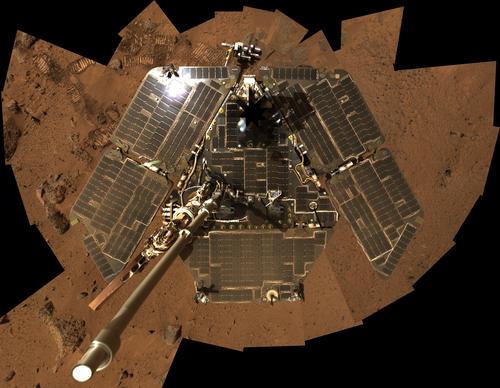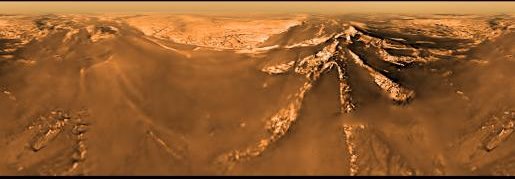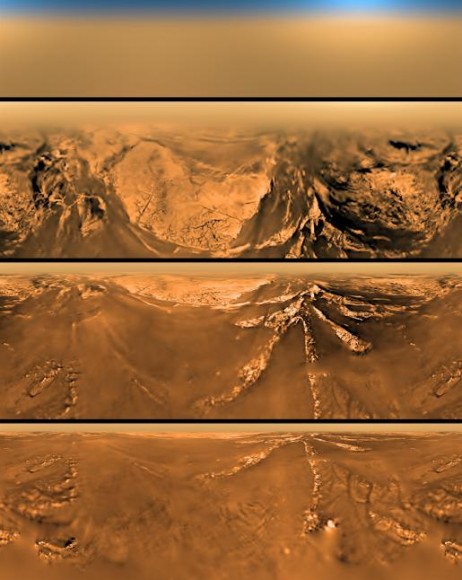Greetings, fellow SkyWatchers! Are you ready for a great dark sky weekend? Then it’s time to walk into the galaxy field of dreams as we take a closer look at part of Markarian’s Chain. Even smaller telescopes and larger binoculars will be happy with this weekend’s globular clusters! Need more or something totally unusual? Then join us as we take a look at a Wolf-Rayet star. Are you ready? Then it’s time to head out under dark skies, because… Here’s what’s up!
Friday, May 2, 2008 – With plenty of dark sky tonight, we’re heading for the galaxy fields of Virgo about four fingerwidths east-southeast of Beta Leonis. As part of Markarian’s Chain, this set of galaxies can all be fitted within the same field of view with a 32mm eyepiece and a 12.5″ scope, but not everyone has the same equipment. Set your sights toward M84 and M86 (RA 12 25 03 Dec +12 53 13) and let’s discover!
Good binoculars and small telescopes reveal this pair with ease as a matched set of ellipticals. Mid-sized telescopes will note the western member of the pair – M84 – is slightly brighter and visibly smaller. To the east and slightly north is larger M86 – whose nucleus is broader, and less intensely brilliant. In a larger scope, we see the galaxies literally leap out of the eyepiece at even the most modest magnifications. Strangely though, additional structure fails to be seen.
As aperture increases, one of the most fascinating features of this area becomes apparent. While studying the bright galactic forms of M84/86 with direct vision, aversion begins to welcome many other mysterious strangers into view. Forming an easy triangle with the two Messiers, and located about 20 arcminutes south lies NGC 4388. At magnitude 11.0, this edge-on spiral has a dim star-like core to mid-sized scopes, but a classic edge-on structure in larger ones.
At magnitude 12, NGC 4387 is located in the center of a triangle formed by the two Messiers and NGC 4388. 4387 is a dim galaxy – hinting at a stellar nucleus to smaller scopes, while larger ones will see a very small face-on spiral with a brighter nucleus. Just a breath north of M86 is an even dimmer patch of nebulosity – NGC 4402 – which needs higher magnification to be detected in smaller scopes. Large apertures at high power reveal a noticeable dustlane. The central structure forms a curved “bar” of light. Luminosity appears evenly distributed end-to-end, while the dustlane cleanly separates the central bulge of the core.
East of M86 are two brighter NGC galaxies – 4435 and 4438. Through average scopes, NGC 4435 is easily picked out at low power with a simple star-like core and wispy, round body structure. NGC 4438 is dim, but even with large apertures elliptical galaxies seem a bit boring. The beauty of NGC 4435 and NGC 4438 is simply their proximity to each other. 4435 shows true elliptical structure, evenly illuminated, with a sense of fading toward the edges… But 4438 is quite a different story! This elliptical is much more elongated. A highly conspicuous wisp of galactic material can be seen stretching back toward the brighter, nearby galaxy pair M84/86. Happy hunting!
Saturday, May 3, 2008 – Tonight let’s use our binoculars and telescopes to hunt down one of the best globular clusters for the northern hemisphere – M3. You will discover this ancient beauty about halfway between the pair of Arcturus and Cor Caroli – just east of Beta Comae (RA 13 42 11 Dec +28 22 31). The more aperture you use, the more stars you will resolve. Discovered by Charles Messier on this day in 1764, this ball of approximately a half million stars is one of the oldest formations in our galaxy. At around 40,000 light-years away, this awesome cluster spans about 220 light-years and is believed to be as much as 10 billion years old. To get a grip on this concept, our own Sun is less than half that age!
Let’s further our understanding of distance and how it affects what we see. As you know, light travels at an amazing speed of about 300,000 kilometers per second. To get a feel for this, how many seconds are there in a minute? An hour? A week? A month? How about a year? Ah, you’re beginning to see the light! For every second – 300,000 kilometers. M3 is 40,000 years away traveling at the speed of light. In terms of kilometers – that’s far more zeros than most of us can possibly understand – yet amazingly we can still see this great globular cluster.
Now let’s locate M53 near Alpha Comae. Aim your binoculars or telescopes there and you will find M53 about a degree northeast (RA 13 12 55 Dec +18 10 09). This very rich, magnitude 8.7 globular cluster is almost identical to M3, but look at what a difference an additional 25,000 light-years can make to how we see it! Binoculars can pick up a small round fuzzy, while larger telescopes will enjoy the compact bright core as well as resolution at the cluster’s outer edges. As a bonus for scopes, look one degree to the southeast for the peculiar round cluster NGC 5053. Classed as a very loose globular, this magnitude 10.5 grouping is one of the least luminous objects of its type, due to its small stellar population and the wide separation between members – yet its distance is almost the same as that of M3.
Sunday, May 4, 2008 – For those who like curiosities, our target for tonight will be 1.4 degrees northwest of 59 Leonis, which is itself about a degree southwest of Xi. While this type of observation may not be for everyone, what we are looking for is a very special star – a red dwarf named Wolf 359 (RA 10 56 28 Dec +07 00 52). Although it is very faint at approximately 13th magnitude, you will find it precisely at the center of the highly accurate half degree field photo below.
Discovered photographically by Max Wolf in 1959, charts from that time period will no longer be accurate because of the star’s large proper motion. It is one of the least luminous stars known, and we probably wouldn’t even know it was there except for the fact that it is the third closest star to our solar system. Located only 7.5 light-years away, this miniature star is about 8% the size of our Sun – making it roughly the size of Jupiter. Oddly enough, it is also a “flare star” – capable of jumping another magnitude brighter at random intervals. It might be faint and difficult to spot in mid-sized scopes, but Wolf 359 is definitely one of the most unusual things you will ever observe!
This week’s awesome image of the Virgo Galaxy Cluster is from the great folks at NOAO/AURA/NSF!

